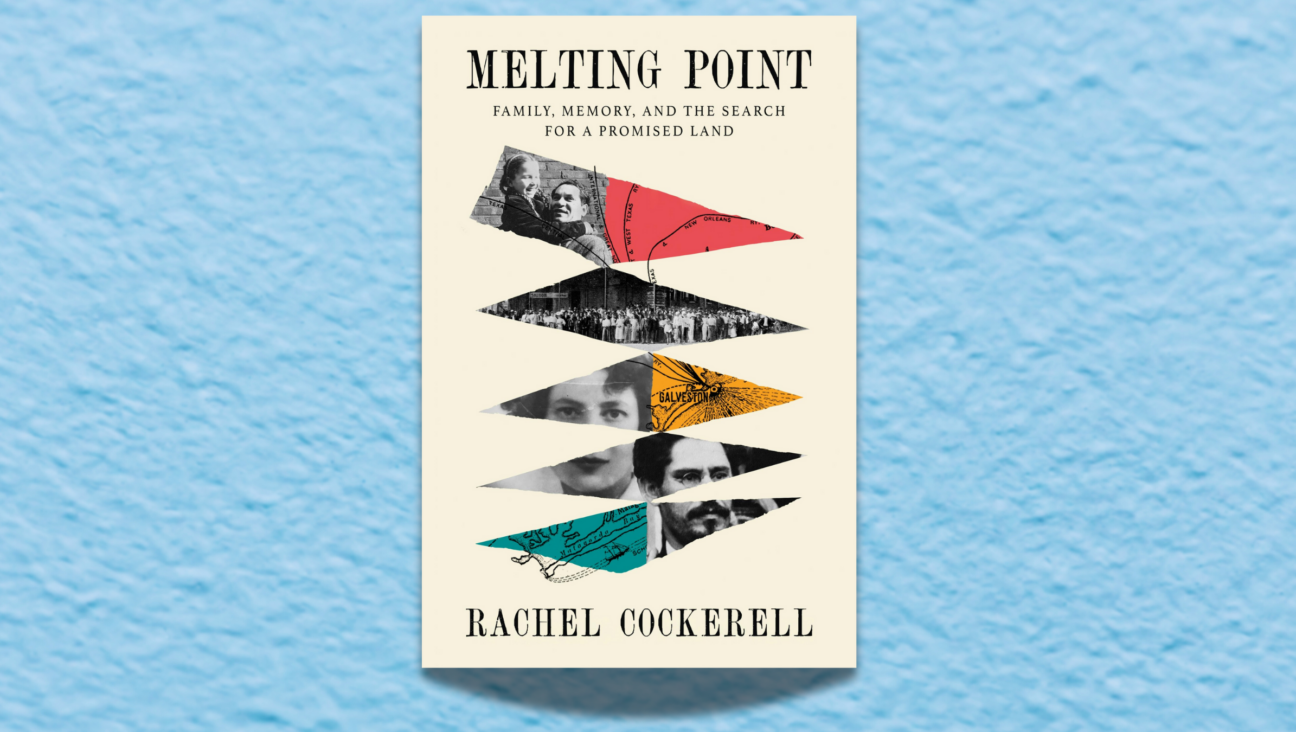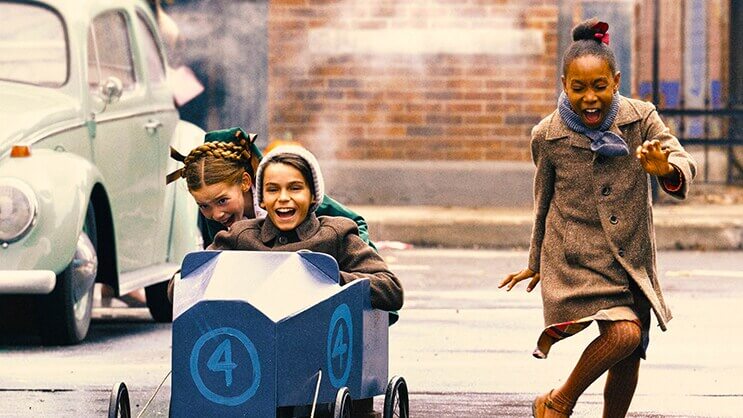Arabesques and E-Cantors In Prague, a Digital Re-envisioning of the Marseilles Bible
Around 1260, in the Spanish town of Toledo — then a prime seat of Jewish thought and art — an unknown scribe or possibly scribes gave life to a manuscript breathtaking in its rare beauty and hermetic symbolism, at once traditional and yet culturally reckless. Its pages — abundant in imagery while respecting the prohibitions against human representation — feature floral motifs ringing abstract geometry, heliotropic swirls grouped in gematric (kabbalistic numerological) formulations, whorls of vivid colors scarcely dimmed through the centuries above vaunting arches painted into the page to frame columns of sacred text. An admixture of Muslim and Christian graphic influences, given a Jewish depth through kabbalistic ornamentation ranging from so-called “carpet pages” (pages of image and lettering laid out like the most intricate of Persian rugs) to astounding micrography (the introduction of small Psalm text that from afar looks like pure design), this intense, abundant work would in many ways represent the apex of Spanish Jewry’s golden age.
With Ferdinand and Isabella’s expulsion of Spanish Jewry in 1492, this manuscript — like a Columbus trapped between two covers — left, too. Perhaps traveling the routes of the vital Ottoman spice trade, the book remained unaccounted for until 1562, when it surfaced in Safed — then the stronghold of Lurianic mysticism — only to become homeless yet again after the town fell into economic, and subsequently spiritual, ruin. Nothing more is known of the work until 1884, when it appeared without reason or identification in the Bibliotheque Municipale de Marseilles, in France.
Cynthia Beth Rubin, an American visual artist active in digital media since the era of the nascent Macintosh computer, stumbled upon the book — since known as the Marseilles Bible — one idle afternoon in the late 1980s. Almost immediately, she took it as the subject of a new work, one that would explore, through interactive digital media, a history lost, in an attempt to give 21st-century life to this crumbling artifact. Since her discovery, nearly 20 years elapsed before the technology required would catch up with the ancient variousness of the book and the idea that it inspired.
The result is “Layered Histories,” unveiled just last week in Prague and introduced — with the cooperation of the American Embassy and of the Jewish Museum’s Robert Guttmann Gallery — by Rubin’s collaborator, electronic music composer and instrument-builder Robert J. Gluck. Their installation is one of the most successful of that often-precious medium, and its opening engages young and old alike in the sheer multitude offered by its deceptively simple interface.
The room is dim. At its center is a pediment topped with an opened book alongside a modified yad, or Torah pointer. A projector is above, streaming images to the opposite wall. Depending on how the yad is manipulated atop the surface of the opened book or Bible, the projections morph into unexpected, seemingly infinite, permutations of various images: Actual photographed pages of the Marseilles Bible seep into postcards of old Spanish ghettos, rasterized snapshots of the fortress at Akko, tapestries and abstract arabesques, effaced Hebrew letters — all accompanied by sound that itself is also controlled by the viewer, through the offices of this magic yad waved over the touchpad implanted deep in the soul of the book.
“I thought about the physical presence of the book,” Gluck said. “I thought about its readers, its makers. Who saw it? How did it get to them? I wanted to present these ideas not in a linear fashion; I wanted to invite people to imagine.”
The music, all composed for the audience’s real-time recomposition by the New York-based Gluck — a musical innovator who previously gave the world of Jewish sound the E-Shofar, a digitally augmented ram’s horn that’s half Yom Kippur and half Jimi Hendrix via the European electronic avant-garde — is a moving palimpsest of shifting textures, veering between plangent cantorial offerings and half-heard fragments of pure metallic noise.
The installation is an adumbration of memory lost; too respectful of unknown history to invent actual narratives, or to even suggest a possible itinerary of their subject’s wanderings, Rubin and Gluck instead set a mood and layer it with a most futuristic idea of Jewish tradition. In the hands of the interfacing entity (read: art-gallery-goer), their book becomes simultaneously an instrument and a musical score, a canvas and its brush that any interested amateur can master almost immediately — in the process revivifying Jewish life through a total medium that sets the promise of the future against a past fixed in rootlessness and pain.
Joshua Cohen is a columnist for New York Press and an editor of the Prague Literary Review. A collection of his short fiction appears this fall in Twisted Spoon Press.
The Forward is free to read, but it isn’t free to produce

I hope you appreciated this article. Before you go, I’d like to ask you to please support the Forward.
Now more than ever, American Jews need independent news they can trust, with reporting driven by truth, not ideology. We serve you, not any ideological agenda.
At a time when other newsrooms are closing or cutting back, the Forward has removed its paywall and invested additional resources to report on the ground from Israel and around the U.S. on the impact of the war, rising antisemitism and polarized discourse.
This is a great time to support independent Jewish journalism you rely on. Make a Passover gift today!
— Rachel Fishman Feddersen, Publisher and CEO
Most Popular
- 1

News Student protesters being deported are not ‘martyrs and heroes,’ says former antisemitism envoy
- 2

News Who is Alan Garber, the Jewish Harvard president who stood up to Trump over antisemitism?
- 3

Fast Forward Suspected arsonist intended to beat Gov. Josh Shapiro with a sledgehammer, investigators say
- 4
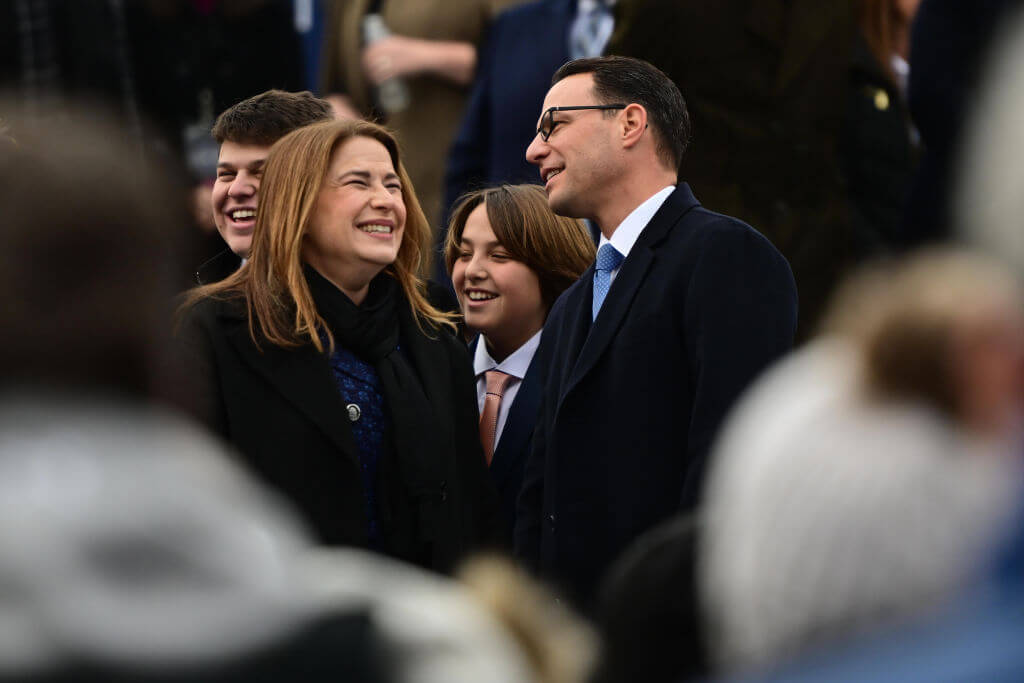
Politics Meet America’s potential first Jewish second family: Josh Shapiro, Lori, and their 4 kids
In Case You Missed It
-
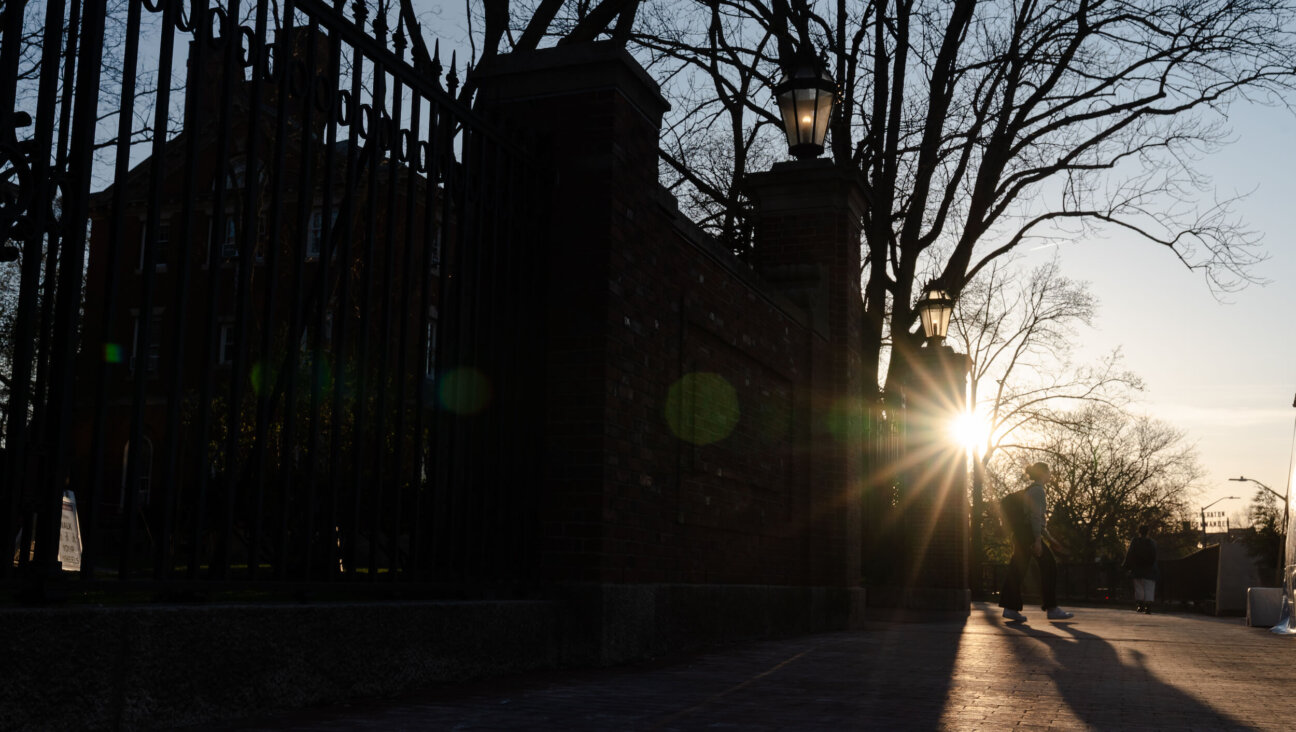
Opinion Why can Harvard stand up to Trump? Because it didn’t give in to pro-Palestinian student protests
-
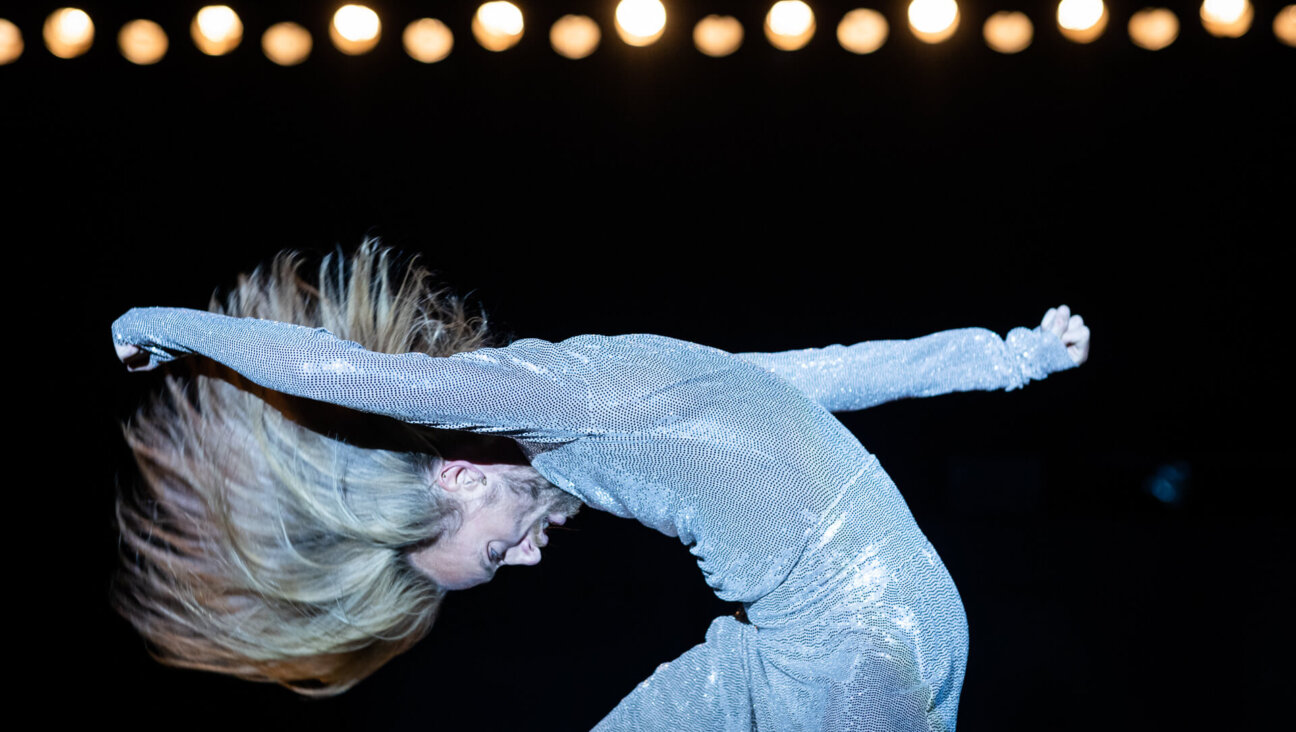
Culture How an Israeli dance company shaped a Catholic school boy’s life
-
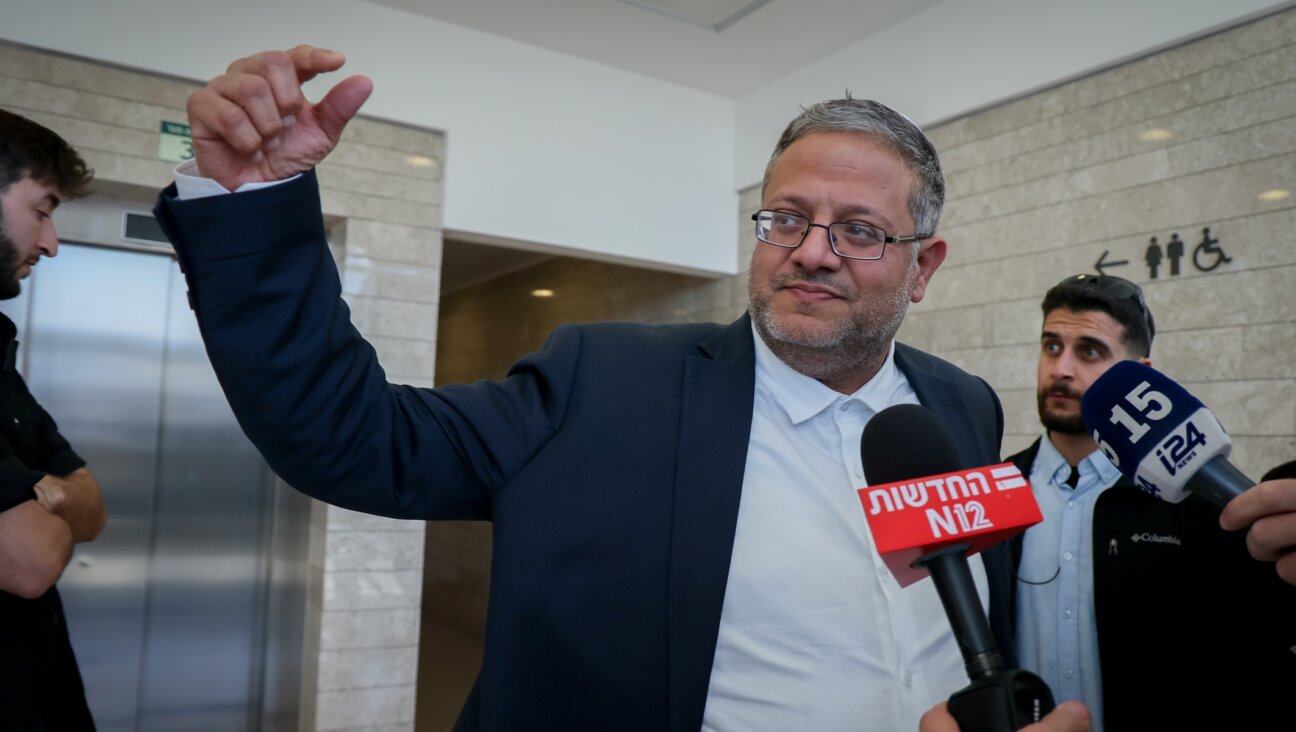
Fast Forward Brooklyn event with Itamar Ben-Gvir cancelled days before Israeli far-right minister’s US trip
-
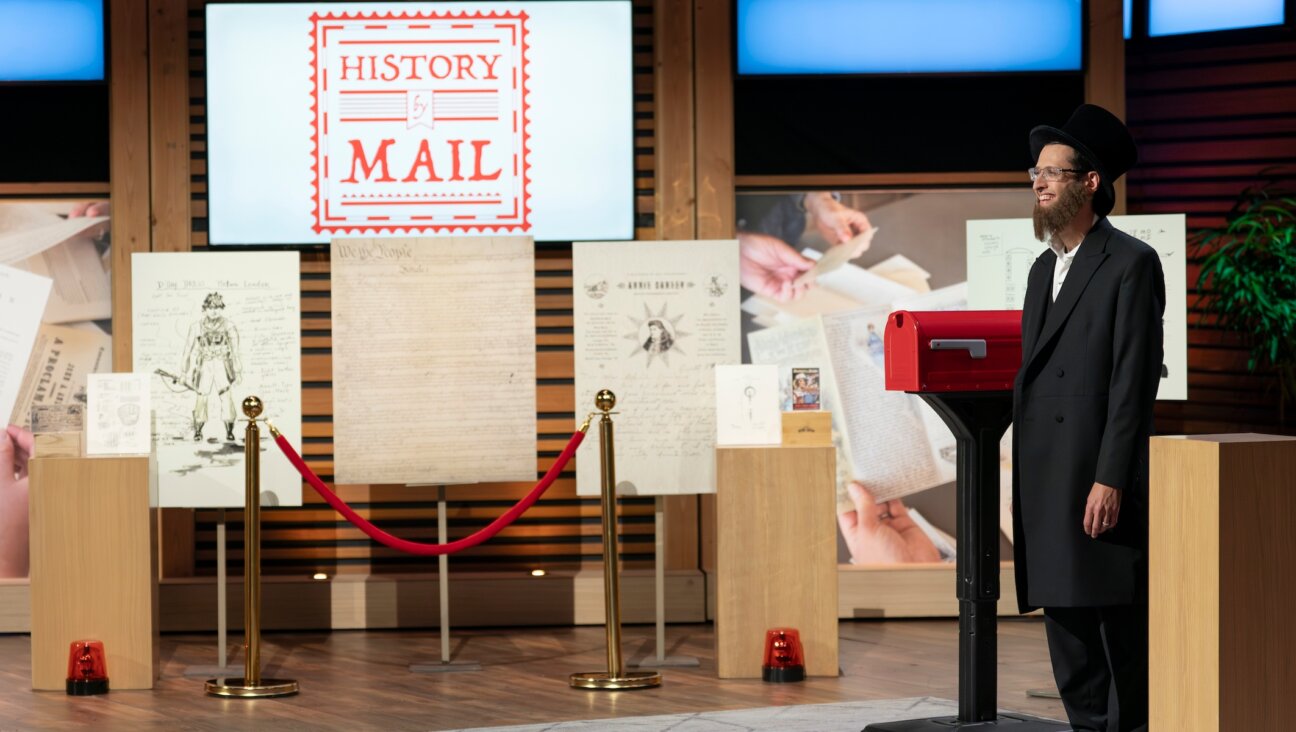
Culture How Abraham Lincoln in a kippah wound up making a $250,000 deal on ‘Shark Tank’
-
Shop the Forward Store
100% of profits support our journalism
Republish This Story
Please read before republishing
We’re happy to make this story available to republish for free, unless it originated with JTA, Haaretz or another publication (as indicated on the article) and as long as you follow our guidelines.
You must comply with the following:
- Credit the Forward
- Retain our pixel
- Preserve our canonical link in Google search
- Add a noindex tag in Google search
See our full guidelines for more information, and this guide for detail about canonical URLs.
To republish, copy the HTML by clicking on the yellow button to the right; it includes our tracking pixel, all paragraph styles and hyperlinks, the author byline and credit to the Forward. It does not include images; to avoid copyright violations, you must add them manually, following our guidelines. Please email us at [email protected], subject line “republish,” with any questions or to let us know what stories you’re picking up.





